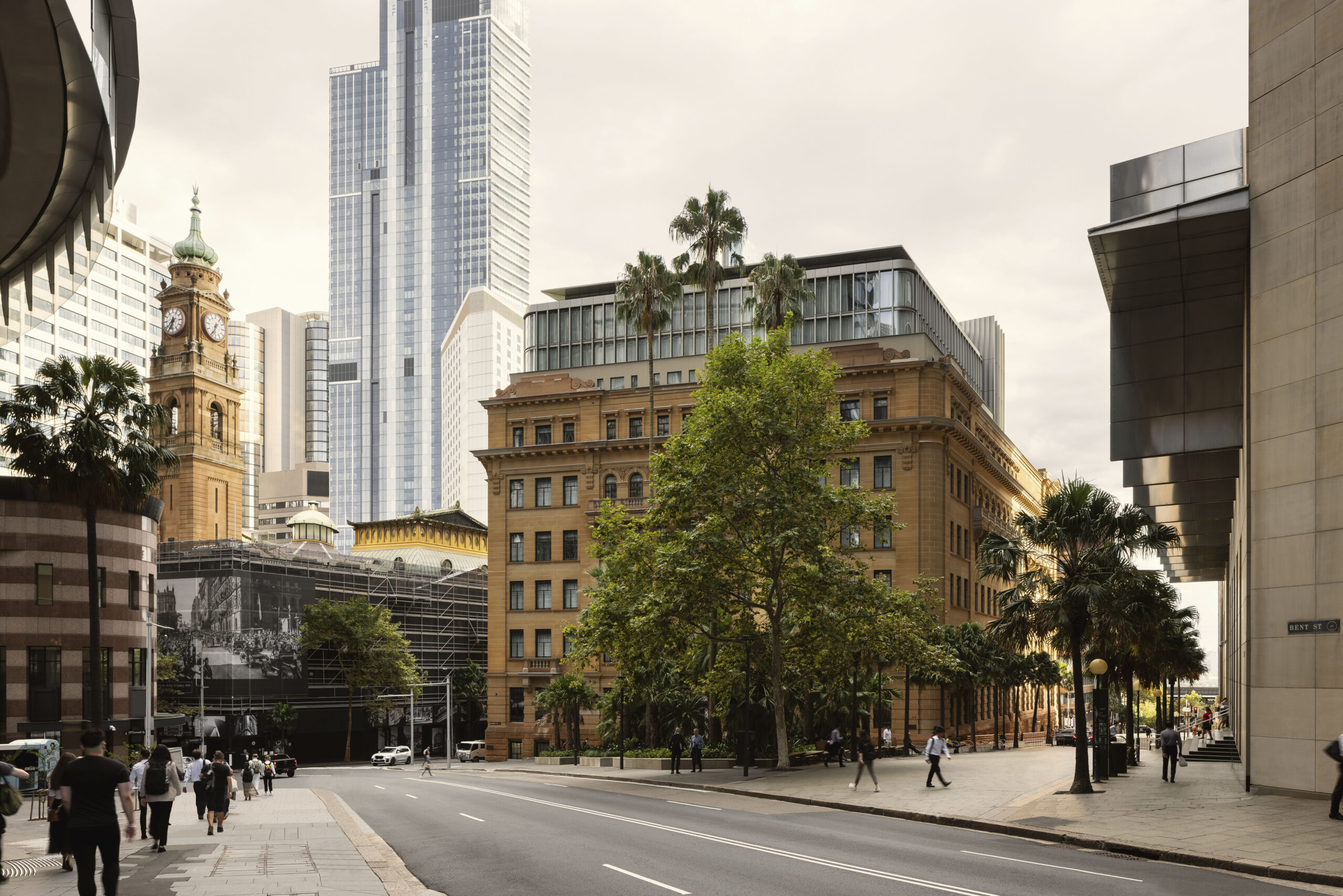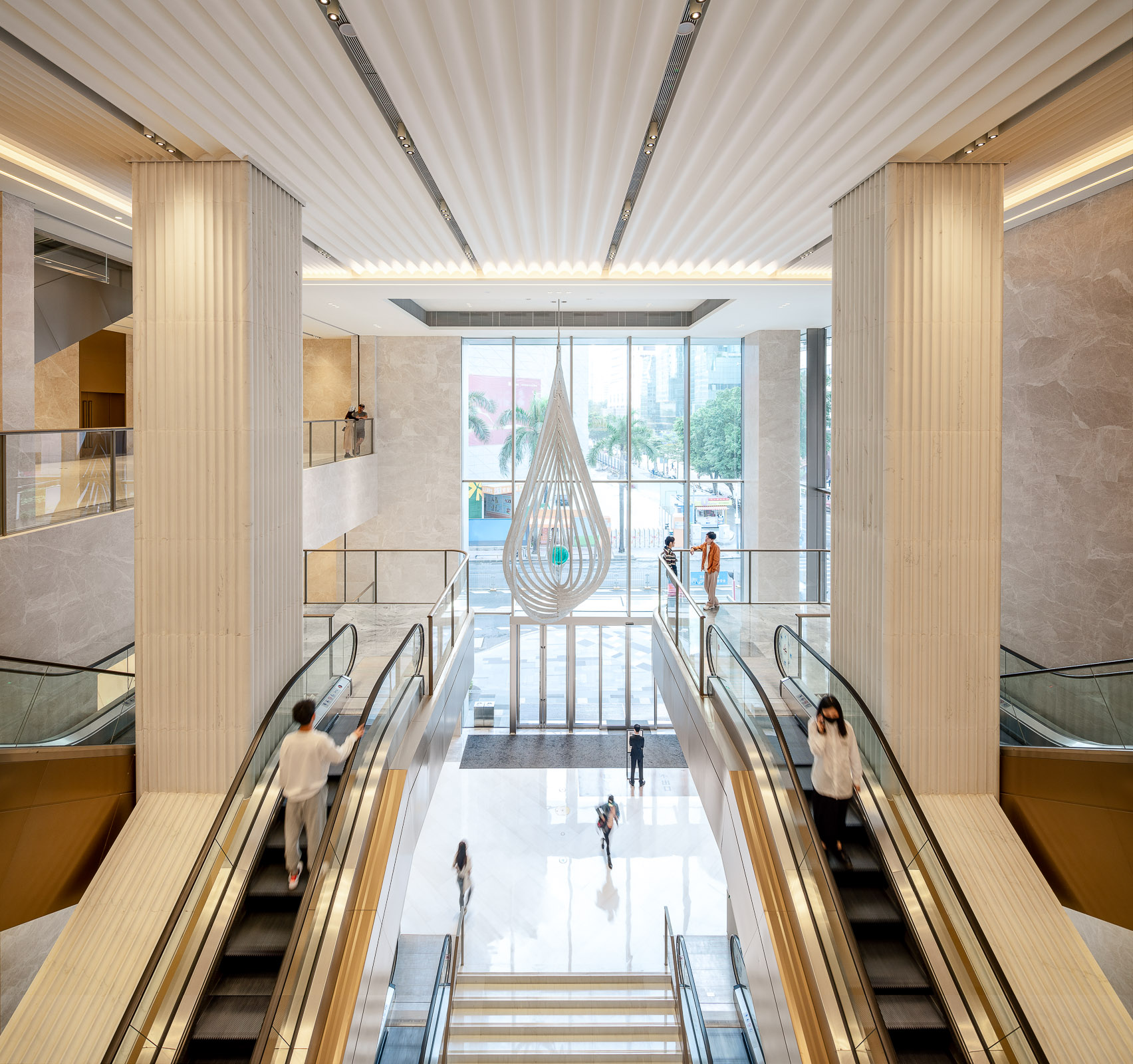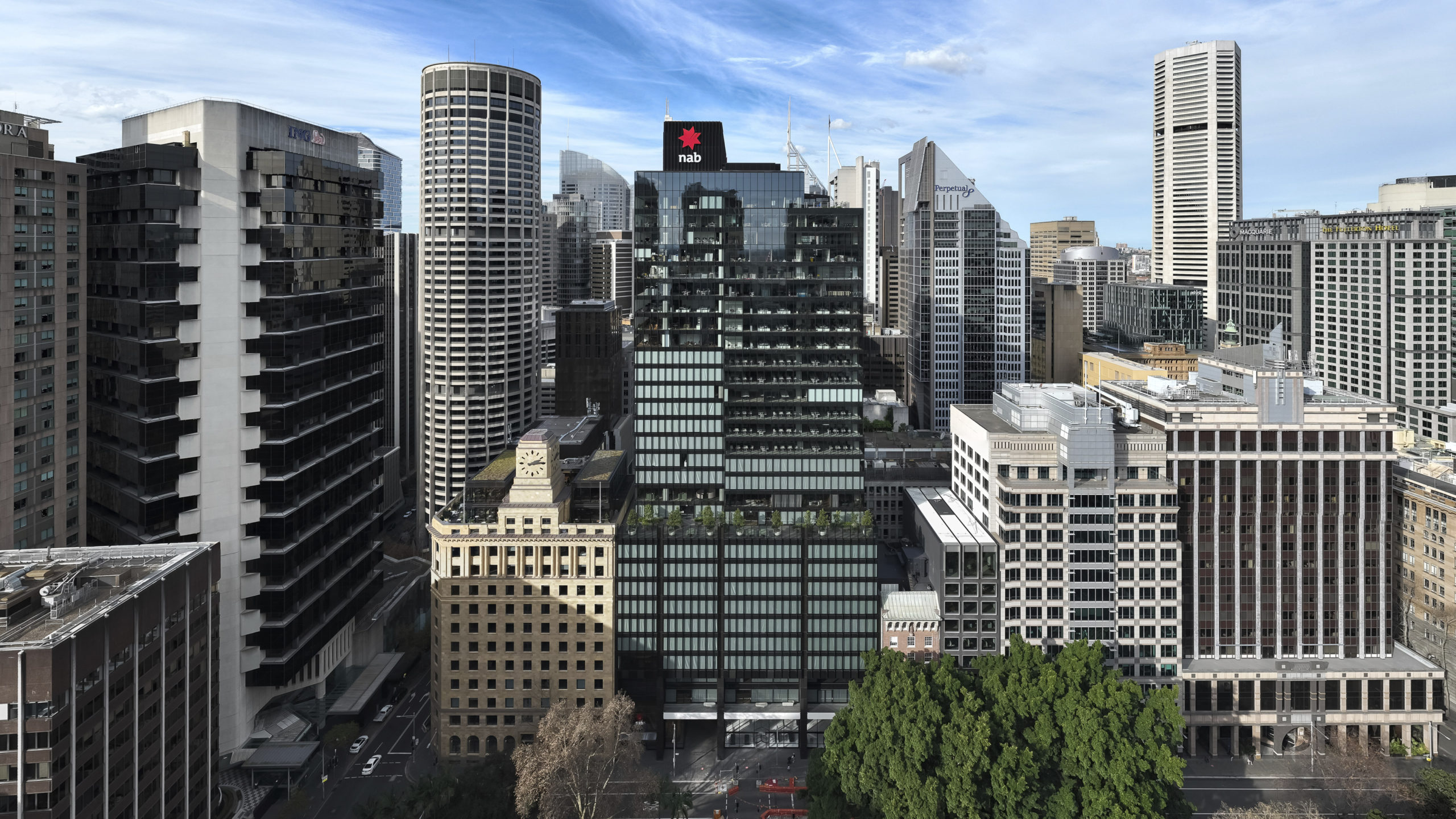
Layout is critical. It’s not simply about a unit’s physical boundaries but taking advantage of spaces and views beyond them. We try to create long vistas through apartments, with a window at the end that improves the sense of depth. High ceilings also help expand the experience beyond four walls. At The Luna, for example, we rotated the original floor plan to enable better views of the surrounding mountains and designed 3m floor-to-soffit ceilings in each apartment. We also provided balconies that act as a natural extension of each residence, expanding the perceived area and blurring the boundaries between inside and out.
Minimising circulation space and using overlapping spaces is likewise key. For instance, the space in front of an en suite can be arranged as the entrance to the bedroom. This way, the bathroom operates as both the owner’s en suite and a powder room for guests. It’s also important to design spaces that can change from one use to another. Areas that function as a dressing room, dining room or office during the day, for example, can become a second bedroom at night via a folddown or roll-out bed and sliding screens. This flexibility of space is vital to maximising the uses and volumes of apartments.

Finally, in buildings with micro-flats, shared social amenity spaces – from gardens and gyms to ‘living rooms’ and entertaining areas – are absolutely vital. The Luna includes a residents’ garden on top of its 3-storey retail podium, plus bookable outdoor rooms, external gym space, and a bar and lounge. Meanwhile, Dunbar Place houses a gym, pool, lounge and children’s playroom at podium level. These shared spaces are the social heart of residential developments and are often the most exciting part to design. What’s more, their offer is often greater than what can be achieved in developments that focus on large, self-contained apartments – for instance, professional-style kitchens, sophisticated luxury lounges, and large roof terraces complete with gardens and barbeque areas.

Designing communal spaces to be as flexible as possible – for instance, large rooms with loose, moveable furniture and multiple zones – means they can host a range of activities, such as gaming, movie nights, yoga classes, study sessions, community talks, birthday parties, wine tastings or just simple gatherings of friends. It’s useful to make some rooms bookable, to enable residents to host friends or family in an exclusive space, which might be impossible in their small apartments.
The often-forgotten ‘in-between zones’ – like corridors and lift lobbies – also have potential to be useful shared spaces. Adding a bench by the lifts or at corridor ends can offer a small space to meet various moods and needs. The lighting, ventilation and temperature of these ad hoc spaces need careful thought.
Taken together, multi-functional spaces provide residents with more than just a place to live, compensating for small apartment spaces.

We need to reconsider the idea of the home as a castle within four walls, not just in Hong Kong but in all high-density cities. ‘Home’ should extend beyond those walls, and designers should be generous with shared amenities. If we get it right, we can genuinely improve living conditions, giving people space to live their private lives as well as get to know their neighbours – a community spirit that’s often lost in high-density living.
Article extracted from Make Annual 15.



































































































































































































































































